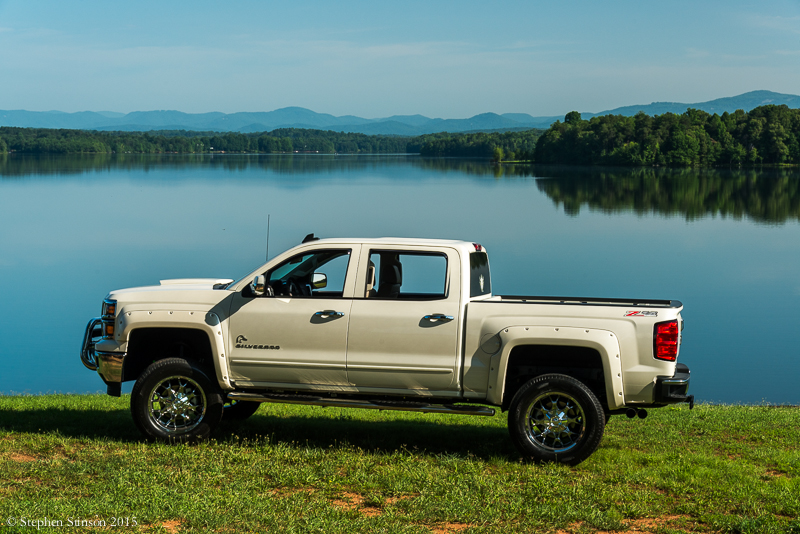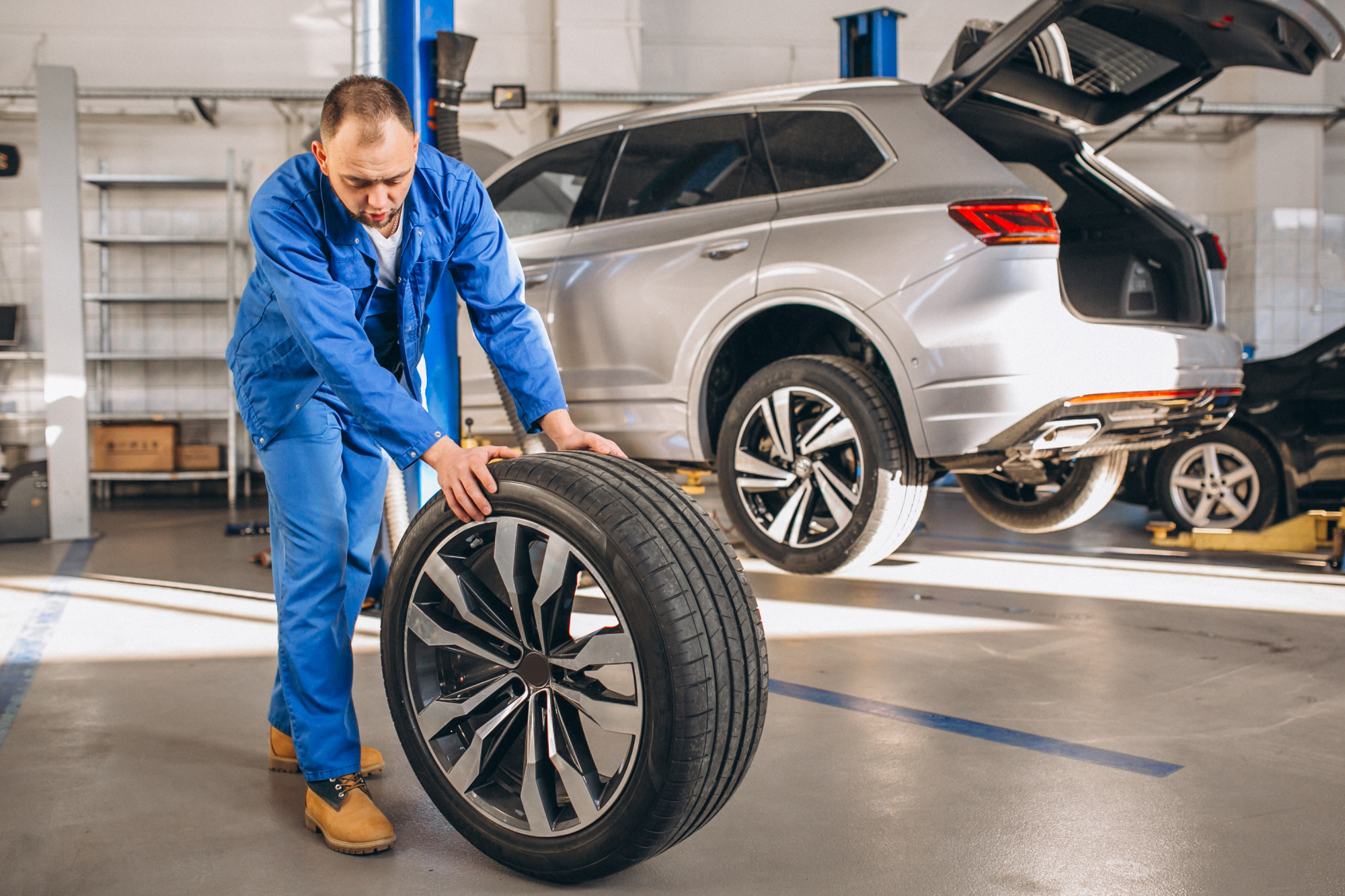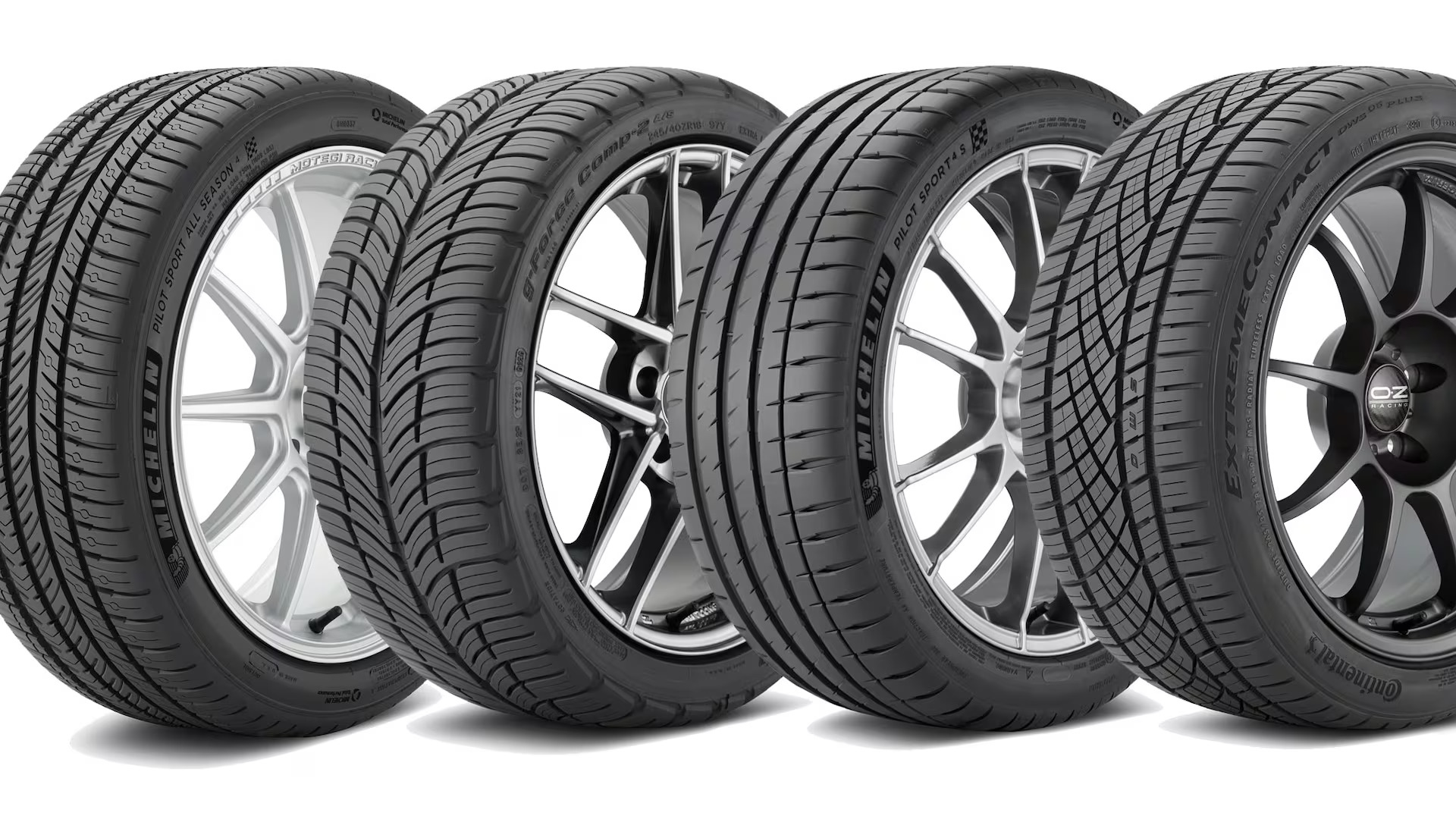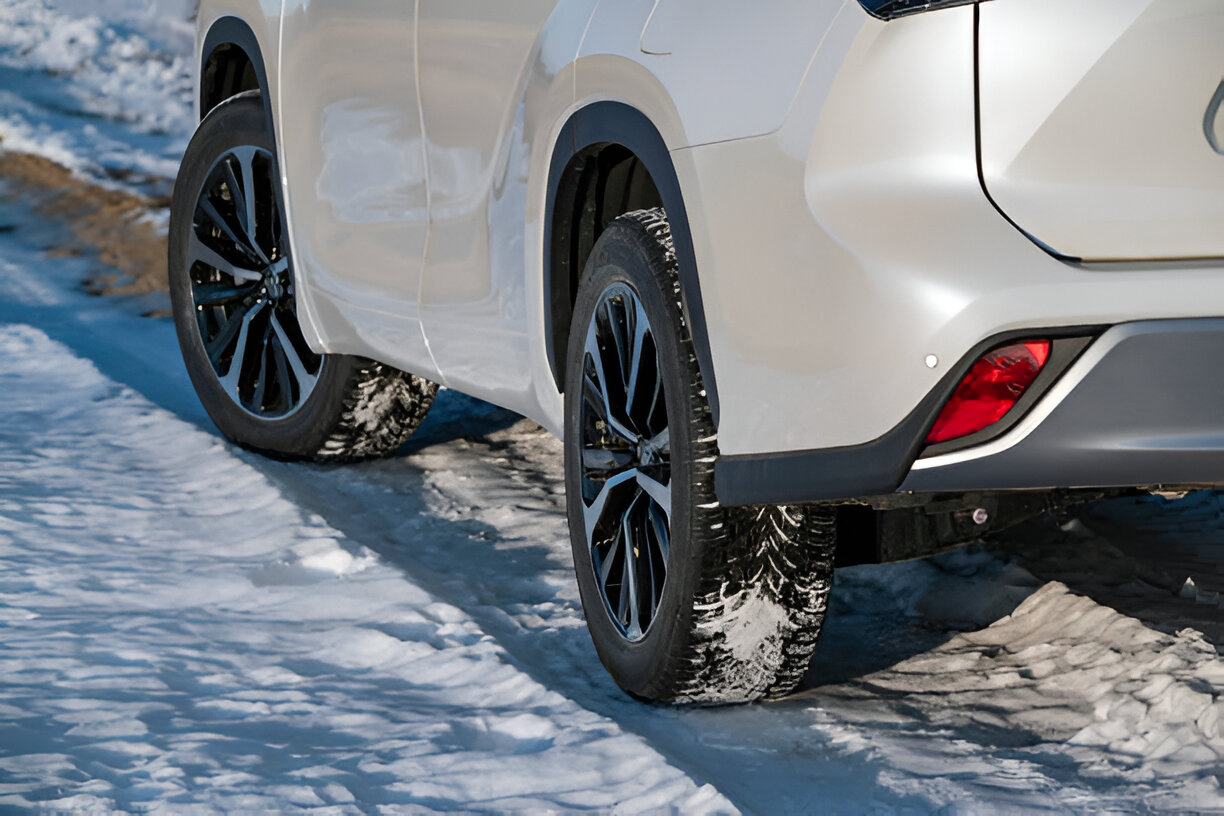Last Updated on July 19, 2025
Exploring Winter Safety with Snow Tires on High-Performance Cars
In the realm of high-performance cars like the Corvette and Porsche, the idea of equipping them with snow tires might seem counterintuitive. However, when winter’s snowy onslaught arrives, safety becomes paramount. In this test drive adventure, we explore how snow tires can transform these performance beasts into winter warriors, ensuring you stay safe and in control even in the harshest winter conditions.
When the first snowflakes blanket the roads, many sports car enthusiasts park their prized possessions, fearing treacherous conditions. But what if we told you that your high-performance car could conquer winter’s challenges with the right tires?

Snow Tires: The Game Changer
Snow tires, designed with specialized rubber compounds and unique tread patterns, have the power to make sports cars winter-ready. They provide improved traction, enhanced control, and shorter braking distances on snowy and icy roads.
The Test Drive
In our quest for winter safety and performance, we equipped a Corvette and a Porsche with snow tires and ventured onto snowy roads. The results were nothing short of astonishing.
Enhanced Traction and Control
With snow tires in place, the Corvette and Porsche exhibited remarkable traction and control on snow-covered surfaces. Acceleration was smoother, and cornering felt more stable, providing confidence even in challenging conditions.
Reduced Braking Distances
One of the most critical aspects of winter driving is braking. Snow tires excelled in this department, significantly reducing braking distances compared to summer tires. This feature alone can prevent accidents and enhance safety.
Winter Safety Redefined
Our test drive showcased that snow tires can redefine winter safety for high-performance cars. You don’t have to lock away your beloved sports car when the snow falls; instead, you can transform it into a winter-ready machine.
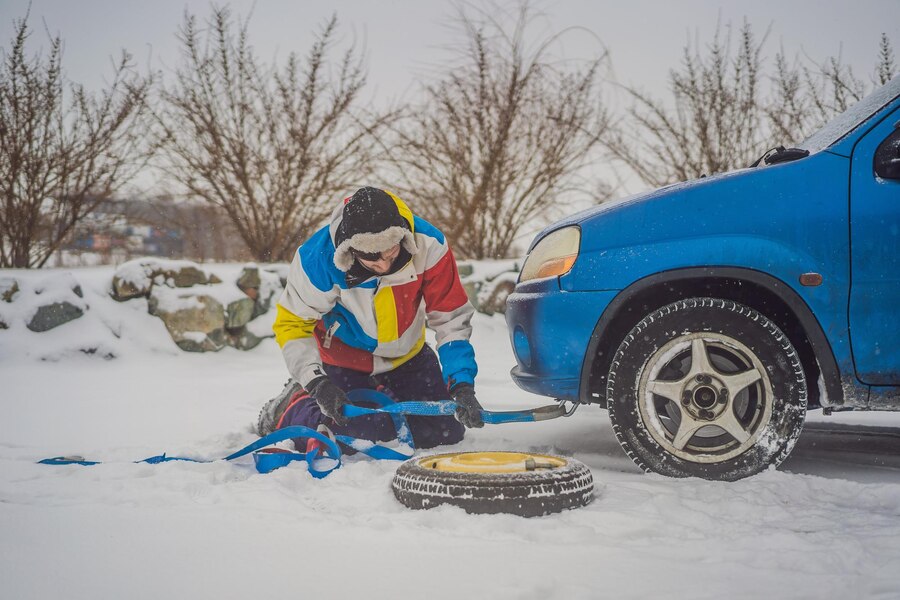
Choosing the Right Snow Tires
When selecting snow tires for your high-performance car, consider factors like tire size, tread design, and rubber compound. Consult with a professional to ensure you get the right fit for your specific vehicle.
The Investment Pays Off
While snow tires represent an investment, their safety and performance benefits are worth it. Think of them as an insurance policy that allows you to enjoy your sports car year-round.
A Winter Adventure Awaits
Your Corvette or Porsche can become a winter adventure machine with the right snow tires. Embrace the snowy season and keep the adrenaline pumping, knowing you have the tools to conquer the cold.
Conclusion
Equipping high-performance cars like the Corvette and Porsche with snow tires isn’t just a practical choice; it’s a game-changer. These tires unlock winter driving capabilities you might never have imagined. So, when the snow falls, don’t let your sports car hibernate; gear it up with snow tires and experience the thrill of a winter adventure like never before.
FAQs
Is it worth getting snow tires?
It’s worth investing in snow tires if you experience snowy or icy conditions during winter for improved safety and control.
Can you drive snow tires all year?
While physically possible, it’s not advisable; snow tires wear quickly in warm weather, so it’s best to switch to all-season or summer tires.
How much do four snow tires cost?
The cost varies based on brand and size but ranges from $400 to $800 for four quality snow tires.
Do snow tires make a difference on a car?
Yes, the best tires for snow significantly improve a car’s grip and traction on snow and ice, enhancing safety and performance in winter.
How much are snow tires?
Snow tire prices vary by brand and model, with entry-level options starting at around $80 per tire and premium models costing $200 or more per tire.
When should I switch to snow tires?
It’s best to switch to snow tires when temperatures consistently drop below 45°F (7°C) and keep them on until winter has passed for optimal safety and performance.
-
Automotive Specialist
-
Proofreader
-
Writer





